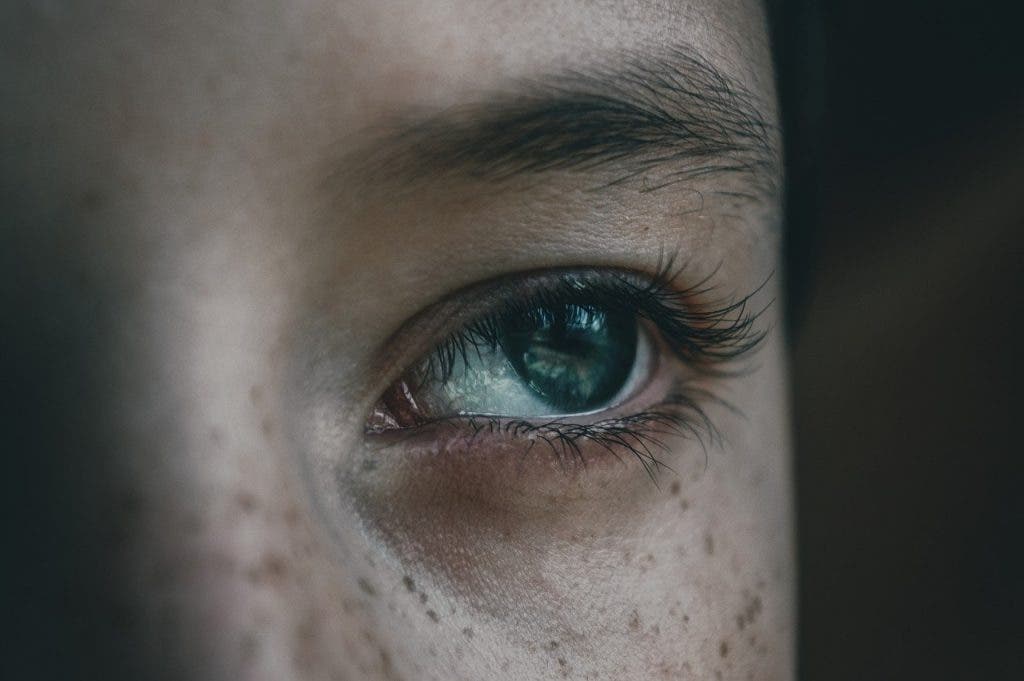
Humans are hardwired to read emotional cues in a person’s facial expressions, including micro-expressions of the eye. In fact, research suggests that if you want to read a person’s true emotional state, stay away from the mouth (fake smiles, anyone?) and pay attention to the eyes, whose sensitive involuntary muscle contractions are much more difficult to conceal. Now, researchers at the Georgia Institute of Technology claim that it may be possible to even gauge a person’s intellect from the eyes, after finding a correlation between pupil size and differences in intelligence between individuals.
The larger the pupil, the higher a person’s fluid intelligence may be
According to the study, which involved more than 500 people aged 18 to 35 from Atlanta, larger pupils were associated with higher intelligence, as measured by standard tests meant to gauge reasoning, memory, and attention.
This relationship is so pronounced that a person should be able to predict with relative confidence who scored the highest or the lowest on an intelligence test just by looking at their pupils with the naked eye, no additional instruments required.
Each subject’s pupil size was assessed using eye trackers that detect light reflecting from the pupil and cornea. Over lengthier eye-tracking, the researchers were able to compute each participants’ average pupil size.
The human pupil is between two and eight millimeters in diameter. However, they’re never fixed. They get bigger or smaller, depending on the amount of light they experience. In low light, your pupils open up or dilate, to let in more light. When it’s bright, they get smaller or constrict, to let in less light.
To normalize pupil measurements, the researchers made sure to assess the pupil at rest when the participants were staring at a blank screen for a couple of minutes. Each participant also went through a barrage of tests that scored them on their ability to solve new problems, remember things over time, and keep focus even when distracted. These combined abilities are often referred to as fluid intelligence.
Pupil size is also known to diminish with age. But after the researchers corrected for age, the pupil size and intelligence link still held up.
The researchers are careful to stress that their association is a correlation and they do not have evidence of a causal link between pupil size and differences in intelligence. That being said, it wouldn’t be that crazy if pupil size did indeed reliably indicate a propensity for scoring high on metrics for intelligence.
Previously, researchers noticed that the pupil is influenced by the locus coeruleus (from the Latin for ‘blue spot’), which communicates closely with the amygdala. Neurons in this region are the main source of the neurotransmitter noradrenaline (norepinephrine), an excitatory chemical that is released in response to pain or stress, stimulating what is referred to as the ‘fight-or-flight’ mechanism.
According to the authors of the new study published in the journal Cognition, the locus coeruleus is heavily involved in organizing brain activity and coordinating distant regions of the brain to work together and accomplish different tasks. Loss of function in this critical brain region is linked to Alzheimer’s disease, Parkinson’s, and attention deficit hyperactivity disorder (ADHD).
The researchers at the Georgia Institute of Technology speculate that a person’s pupils may be larger due to greater regulation of activity by the locus coeruleus, which may lead to better cognitive performance.
“Additional research is needed to explore this possibility and determine why larger pupils are associated with higher fluid intelligence and attention control. But it’s clear that there is more happening than meets the eye,” Jason S. Tsukahara, Ph.D. student at the Georgia Institute of Technology and lead-author of the study, wrote in an article for Scientific American.
But since pupil size varies so much with the time of day, it might not be a good idea to stare someone dead in the eyes simply to assess whether they’re worth talking to.






